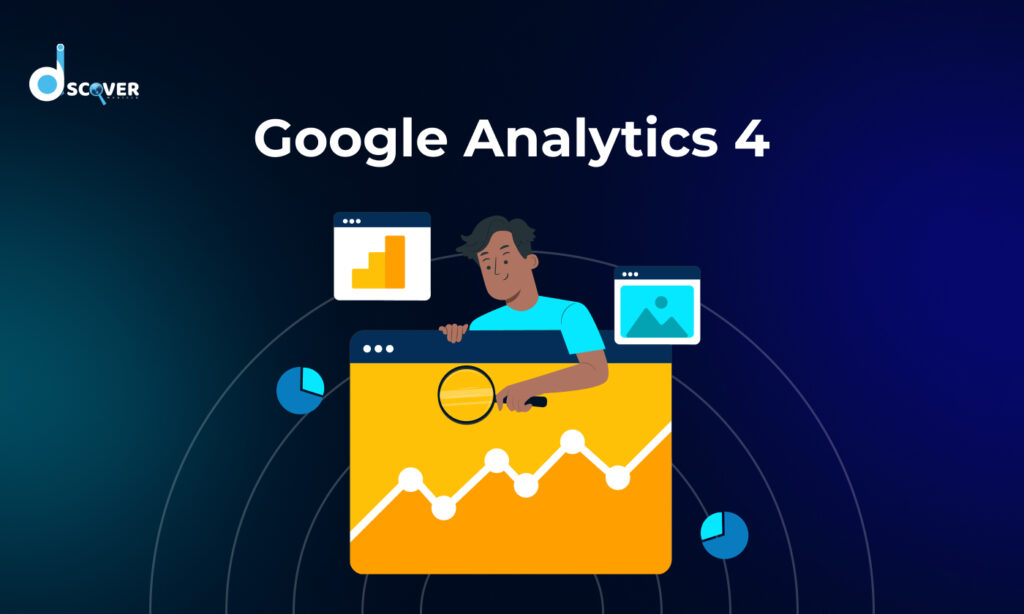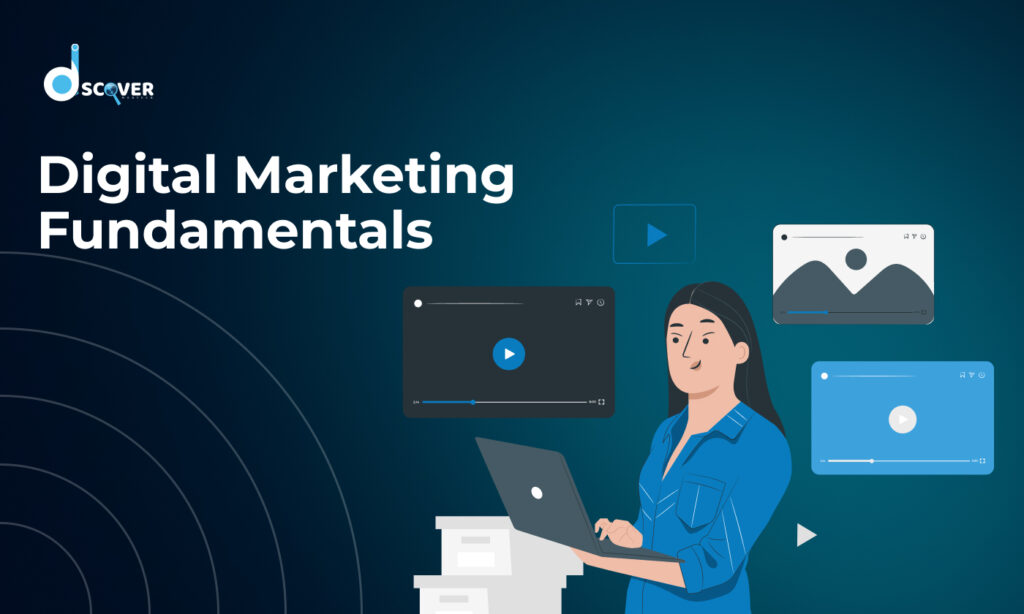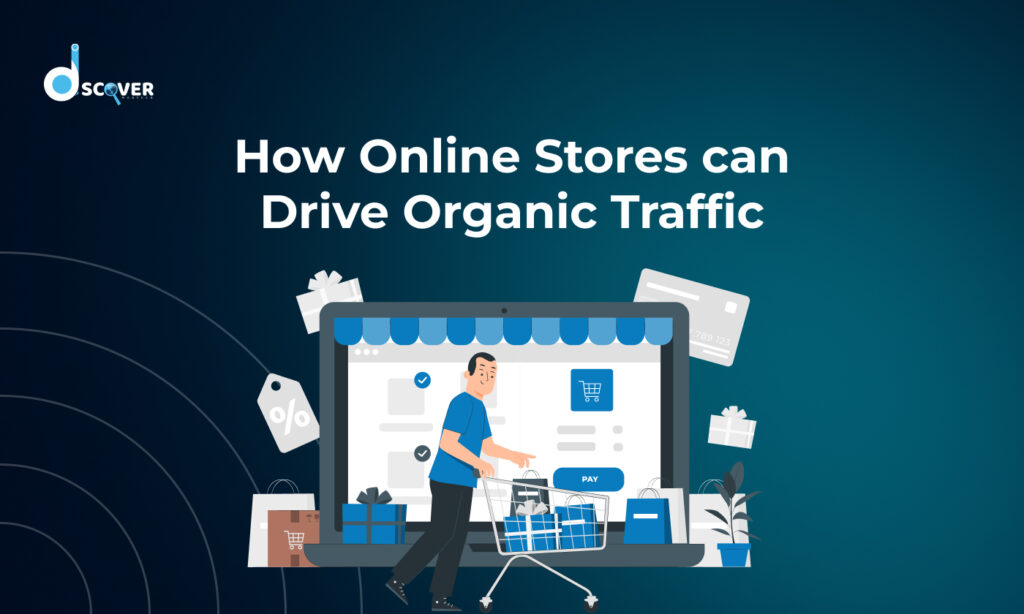
Google Analytics 4 (GA4) is Google’s next-generation analytics platform designed to meet the evolving needs of businesses in a digital-first world. It introduces a fresh approach to tracking and analyzing user behavior, focusing on flexibility, privacy, and actionable insights. Unlike its predecessor, Universal Analytics, GA4 adopts an event-based tracking model, making it more effective in understanding user interactions across multiple platforms like websites and mobile apps.
With a strong emphasis on machine learning, GA4 offers predictive insights, enabling businesses to anticipate user behavior and make smarter decisions. Additionally, it’s built to comply with global privacy standards such as GDPR and CCPA, ensuring businesses can operate responsibly while gathering essential data.
This guide will explore GA4’s features, benefits, setup process, and best practices to help you unlock the full potential of this powerful tool.
Features of Google Analytics 4
GA4 introduces several new features that make it a powerful tool for businesses:
Event-Based Tracking Model
GA4 shifts from session-based tracking to an event-based model. This means every user interaction, such as clicks, scrolls, and video views, is tracked as an event.
Cross-Platform Tracking
GA4 enables seamless tracking across websites and mobile apps, providing a unified view of user journeys.
Machine Learning Insights
Google’s advanced machine learning algorithms offer predictive insights, such as churn probability and revenue forecasts.
Privacy-Focused Data Collection
GA4 is designed to comply with global privacy regulations like GDPR and CCPA by minimizing reliance on cookies and enabling better data controls.
Customizable Reporting
The Explore feature allows users to create tailored reports for deeper insights into specific metrics.
Benefits of Using Google Analytics 4
Google Analytics 4 (GA4) is designed to meet the needs of modern businesses, providing advanced capabilities to understand user behavior and optimize marketing strategies. Here are the key benefits of using GA4:
1. Unified Tracking Across Platforms
GA4 allows seamless tracking of user interactions across websites and mobile apps, offering a holistic view of the customer journey. This cross-platform approach enables businesses to analyze engagement and conversions regardless of the device or platform used.
2. Event-Based Data Model
With its event-based data model, GA4 tracks all user interactions as events, providing more detailed insights into how users interact with your content. This approach is more flexible and granular compared to the session-based model of Universal Analytics.
3. Enhanced User Privacy and Compliance
GA4 is built with privacy in mind, offering features like cookieless tracking and advanced consent settings. It aligns with global privacy regulations such as GDPR and CCPA, ensuring businesses can collect data responsibly.
4. AI-Powered Insights and Predictions
GA4 leverages machine learning to deliver predictive insights, such as potential revenue from specific user groups and the likelihood of churn. These features empower businesses to make data-driven decisions and tailor their strategies effectively.
5. Improved Reporting and Customization
GA4 offers a streamlined reporting interface with customizable dashboards, making it easier to focus on metrics that matter most. Its user-centric metrics, like engagement rate, provide deeper insights into user interactions.
6. Free BigQuery Integration
Unlike Universal Analytics, GA4 integrates with BigQuery at no additional cost. This enables businesses to perform advanced data analysis and gain deeper insights without investing in additional analytics tools.
7. Focus on the Entire Customer Lifecycle
GA4 tracks the entire customer lifecycle, from acquisition to retention, providing a comprehensive understanding of user behavior. This helps businesses optimize their strategies at every stage of the customer journey.
8. Future-Proof Analytics
With its modern architecture and emphasis on AI and privacy, GA4 is designed to adapt to the evolving digital landscape. It ensures businesses are prepared for changes in user behavior and technology, such as the decline of third-party cookies.
9. Seamless Integration with Google Ads
GA4 integrates smoothly with Google Ads, providing detailed insights into ad performance and user behavior. This enables businesses to optimize campaigns and improve ROI.
10. Better Data-Driven Decision Making
By providing actionable insights, predictive analytics, and real-time reporting, GA4 helps businesses make smarter, faster decisions to achieve their goals.
Steps to Set Up Google Analytics 4
Setting up Google Analytics 4 (GA4) is straightforward and ensures you can start gathering valuable insights about your website or app. Follow these steps:
1. Create a GA4 Property
- Log in to your Google Analytics account.
- In the Admin section, click “Create Property” under the Account Settings.
- Enter your property details, such as name, reporting time zone, and currency.
- Select “Show Advanced Options” to create both a GA4 and Universal Analytics property if needed.
2. Set Up Data Streams
- Once the property is created, go to the Data Streams section.
- Choose the platform you want to track: Web, iOS App, or Android App.
- For a website, enter the URL and stream name. GA4 will automatically track events like page views, scrolls, and more.
3. Install the GA4 Tracking Code
- Copy the Measurement ID from the Data Streams page (it starts with “G-“).
- Add the GA4 tracking code to your website:
- If you use a CMS like WordPress, install a plugin or manually add the code in the header.
- If using Google Tag Manager, create a new tag for GA4 configuration and enter the Measurement ID.
4. Configure Event Tracking
- GA4 automatically tracks basic events (Enhanced Measurement), such as scrolls, outbound clicks, and file downloads.
- To track custom events:
- Navigate to Admin > Events and set up new events with custom parameters.
- Define goals in the Conversions section for critical events like purchases or sign-ups.
5. Link GA4 with Google Tools
- In the Admin panel, link GA4 to your Google Ads account to track ad performance.
- Enable BigQuery integration for advanced analytics.
6. Test and Verify Tracking
- Use the Realtime report in GA4 to check if data is flowing correctly.
- For more detailed testing, use tools like Google Tag Assistant or your browser’s developer console to ensure the tracking code is working.
7. Customize Reports and Set Up Alerts
- Use the Explore section to create custom reports based on your business needs.
- Set up email alerts for key metrics to stay updated on performance.
Understanding Google Analytics 4 Metrics and Reports
Google Analytics 4 (GA4) introduces a new approach to measuring and analyzing data, focusing on user-centric insights and providing more flexibility in how reports are created. Here’s an overview of key metrics and reports in GA4:
1. Metrics in GA4
- Users: Represents the total number of unique users who have interacted with your site or app within a selected period. It’s the primary metric to understand audience size.
- Engaged Sessions: This is a session where a user interacts with the site for a significant amount of time. An “engaged” session typically lasts more than 10 seconds or includes an event such as a pageview or conversion.
- Engagement Rate: The percentage of engaged sessions divided by total sessions. A higher engagement rate means users are interacting more meaningfully with your content.
- Average Engagement Time: Tracks the average amount of time users are actively engaged with your site or app. This is more meaningful than pageviews, as it measures actual interaction rather than just visits.
- Conversions: Refers to user actions that are defined as goals, such as purchases, form submissions, or sign-ups. Setting up conversions helps track specific actions that align with your business objectives.
- Event Count: Measures how often events (such as clicks, video plays, downloads, etc.) are triggered. Events are a central component of GA4, giving deeper insights into user behavior.
2. Reports in GA4
- Realtime Report: Provides live data on how users are interacting with your site or app. It includes metrics like active users, locations, and traffic sources. This is great for seeing immediate trends or the impact of ongoing campaigns.
- Life Cycle Reports: These reports help track the entire customer journey, from acquisition to retention:
- Acquisition: Shows where users come from, including traffic sources, channels, and campaigns.
- Engagement: Focuses on user interactions, such as pageviews, scrolls, and video plays.
- Monetization: Tracks eCommerce data such as revenue, transactions, and product performance.
- Retention: Measures how often users return over a specific period. This is useful for understanding customer loyalty.
- User Reports: Offers insights into user demographics, interests, technology, and more. This helps create audience segments for targeted marketing campaigns.
- Events Report: Shows all events that users trigger, including automatically collected events (like pageviews) and custom events you set up. This report helps you measure specific actions and interactions on your site or app.
- Conversions Report: Displays data on the defined conversion actions, such as sales, sign-ups, or other important goals.
3. Custom Reports and Exploration
GA4 allows you to create custom reports and exploration dashboards, providing flexibility to analyze specific data points that matter to your business. Key tools for customizing reports include:
- Explorations: Allows you to create detailed, custom reports such as funnel analysis, path analysis, and segment overlap reports.
- Segments and Comparisons: GA4 enables segmentation of data for more granular insights. You can compare different user groups or traffic sources to better understand performance.
4. Predictive Metrics
GA4 offers predictive insights driven by machine learning. Key predictive metrics include:
- Purchase Probability: Likelihood of a user completing a purchase.
- Churn Probability: The likelihood of a user not returning to your site or app.
5. Debugging and Validation
Use the DebugView in GA4 to test and troubleshoot your event tracking setup. It helps verify that the right events and parameters are being captured before you rely on the data for decision-making.
Best Practices for Using Google Analytics 4
- Define Clear Goals: Identify key business objectives and set up corresponding conversions in GA4.
- Use Custom Events and Parameters: Customize events to track unique user interactions relevant to your business.
- Leverage Predictive Metrics: Utilize GA4’s machine learning insights to anticipate user behavior and optimize campaigns.
- Regular Review Reports: Schedule regular reviews of your GA4 data to identify trends and make informed decisions.
- Train Your Team: Ensure your team is familiar with GA4’s interface and features to maximize its potential.
Common Challenges and How to Overcome Them
- Migration Difficulties
Many businesses face challenges transitioning from Universal Analytics to GA4. Ensure you back up your data and follow Google’s migration guidelines.
- Understanding the New Interface
GA4’s interface is different from Universal Analytics. Spend time exploring the platform and using Google’s support resources.
Future of Analytics with Google Analytics 4
As the digital landscape evolves, GA4 positions itself as a forward-thinking tool. By prioritizing user privacy, leveraging machine learning, and enabling cross-platform tracking, GA4 ensures businesses can adapt to a cookieless future while continuing to gather actionable insights.
Summary
Google Analytics 4 is a game-changer for businesses looking to stay ahead in an increasingly data-driven world. With its robust features, privacy-first approach, and cross-platform capabilities, GA4 is an essential tool for understanding user behavior and optimizing marketing strategies. Start using GA4 today to unlock its full potential and future-proof your analytics strategy.
Frequently Asked Question (FAQ’s)
What is Google Analytics 4 for?
Google Analytics 4 (GA4) is designed to track and analyze user interactions across websites and apps, providing detailed insights into user behavior and performance. It focuses on understanding the entire customer journey, from acquisition to retention, by leveraging an event-based tracking system that captures various user actions such as clicks and purchases. GA4 also integrates machine learning capabilities to deliver predictive insights and enhance data analysis while prioritizing user privacy.
What is the difference between GTM and GA4?
Google Tag Manager (GTM) and Google Analytics 4 (GA4) serve different purposes: GTM simplifies the deployment of tracking tags on a website, allowing marketers to manage tracking without extensive coding knowledge, while GA4 focuses on collecting and analyzing data from those tags. Essentially, GTM acts as a container for managing tags that send data to GA4, making them complementary tools in digital marketing analytics.
Is Google Analytics 4 free?
Yes, Google Analytics 4 is completely free to use, similar to its predecessor, Universal Analytics. This allows businesses of all sizes to access powerful analytics tools without incurring costs.
Who are the competitors of GA4?
Competitors of Google Analytics 4 include Adobe Analytics, Matomo, Mixpanel, and Amplitude. These platforms offer various features for web and app analytics, catering to different business needs and preferences in data collection and analysis.
How GA4 is better than Universal Analytics?
GA4 improves upon Universal Analytics by adopting an event-based tracking model rather than a session-based one, allowing for more granular data collection. It also features enhanced integration with Google Ads, better machine learning insights for predictive analytics, and a stronger focus on user privacy. These advancements enable marketers to gain deeper insights into customer behavior and optimize their strategies more effectively.


